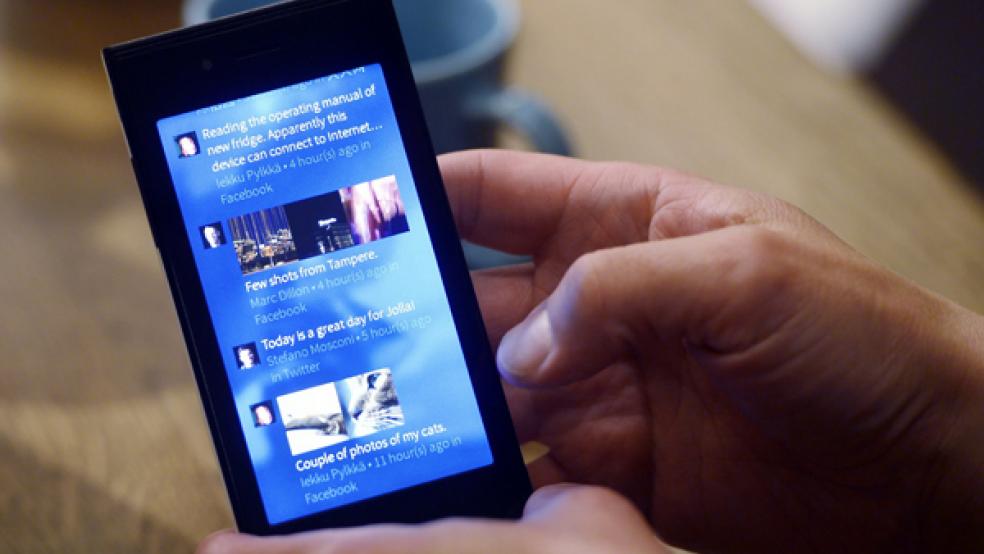When Apple introduced its new mobile payment service Apple Pay along with its iPhone 6 last month, it did so with the customary fanfare and media hoopla associated with all of its products. That put the spotlight on digital wallets and mobile payments, a conveniences that are becoming part of the retail experience for a growing number of technophile consumers.
Apple was just the latest tech company to enter the fray (Google Wallet has been around for years) – but its high-profile launch and its close attention to security and the user experience may represent a tipping point for the public.
Related: Why Alibaba’s Jack Ma Wants to Work with Apple Pay
If you’re thinking about giving mobile payments a try next time you go shopping, here’s what you need to know:
1: You May Be in the Minority… for Now
Despite all the focus on Apple Pay as well as other payment apps, most people are still reluctant to make the shift to mobile payments. Fewer than half of consumers have used their mobile phones to make a purchase, and the one in five who does doesn’t feel secure when doing so, according to Avangate, an e-commerce provider. That’s a large psychological hurdle that companies will have to overcome to make mobile payments go mainstream.
From 2012 to 2013, the value of mobile payments at point of sale doubled to $1.59 billion, according to market research firm eMarketer, which projects the value of such transactions will double again this year; they predict transactions will skyrocket to more than $100 billion by 2018.
2: The War for Your Business Is Still Being Waged
Apple was just the latest large company to jump into the virtual wallet business. It follows Google Wallet, which launched in 2011. Apple Pay is notable because of its partnerships with Visa and MasterCard as well as more than 200,000 retailers, including big names like McDonald’s and Disney. Anyone who already has a credit card associated with an iTunes account can use it to pay for goods and services via the new app.
Related: Amazon Expands Middleman Role in Latest Online Payment Push
Even so, Apple’s entry into the field has also been met with resistance. Wal-Mart, CVS, and Rite Aid announced last week they would no longer accept Apple Pay because of its competition with CurrentC, their own mobile payment system. That system aims to eliminate credit card issuers entirely, by allowing consumers to use their phones to pay by debiting money directly from checking accounts or gift cards, while automatically getting credit for store loyalty programs.
Meanwhile, Starbucks has proven that strong retail brands can be successful with a proprietary payment app of their own, and tech companies like OpenTable and Uber have eliminated the need for a physical transaction. Verizon and AT&T this week launched an app that works on Android and Window phones.
Tech experts expect that just as most consumers carry multiple credit and loyalty cards in their wallets these days, consumers of the future will have a handful of apps on their smartphones allowing them to make different purchases in different ways. “It’s going to be quite a while before it consolidates,” says David Anders, director of product development for Protect Your Bubble, an insurance provider for ID theft, smartphones, and other items.
3: Some Apps Are More Secure Than You Think
Given the high-profile credit card hacks at retailers like Home Depot and Target, and the proliferation of fraud and ID theft associated with online purchases, it’s understandable that consumers might be nervous about making purchases with a smartphone at retail stores.
Related: Home Depot Says About 53 Million Email Addresses Stolen in Breach
Surprise: Some of the newest methods are among the safest ways to spend money. Apple Pay, for example, uses an NFC (near-field communication) chip – the same technology used in credit cards in Europe – making it far more difficult for hackers to access. The number of retailers who participate in Apple Pay may grow next year, as new regulations require retailers to switch from magnetic strip readers to NFC technology.
On top of that, the Apple Pay app uses tokenization to store consumers’ credit card information, which means the device does not store your actual credit card number, anyway.
Earlier this year Starbucks had to update its mobile app because it was saving customers’ usernames, passwords and other personal information as plain text. That app still uses scannable QR codes, which are less secure, since they could be copied by fraudsters, says Deborah Baxley, principal, cards and payments at the Capgemini Financial Services.
4: You May End Up Spending More Than You Planned
Studies have shown that consumers who pay for purchases with cash consistently spend less money than peers who use credit cards when buying. That’s because it’s easier for your brain to process the cost of something (and its impact on your bank account) when you’re counting out cold, hard cash and handing it to a cashier, rather than quickly swiping a piece of plastic. That effect could be diminished even further when transactions are boiled down to just a swipe on your phone.
Related: Why Bitcoin Could Get a Boost from Apple Pay
5: It Won’t Replace Your Wallet – Yet
Even with rapid advances in technology, the days when you can actually leave your wallet at home are still years away. It will be some time before mobile payments are universally accepted – and government agencies that issue identification cards and drivers’ licenses have yet to begin making the virtual switch. “It’s going to be quite a while before it consolidates,” says David Anders, director of product development for Protect Your Bubble, an insurance provider for ID theft, smartphones, and other items.
Plus, you may really need that old backup wallet in case your smartphone runs out of battery life. Or falls in a puddle.
Top Reads at The Fiscal Times:





